

Description
- +888 (123) 869523
- sailo@gmail.com
- New York – 1075 Firs Avenue
ONSHORE STRUCTURE CORROSION CONTROL
Onshore structures, ranging from steel-reinforced concrete buildings to solar farms and electrical transmission towers, face the challenge of long-term corrosion in harsh environments. To meet the demands of these valuable assets, ARCTURUS ENGINEERING SERVICES offers tailored corrosion protection solutions designed to ensure decades of reliable operation.
Onshore environments are often exposed to industrial pollutants, aggressive soil chemistry, and harsh atmospheric conditions. By employing advanced cathodic protection methods developed through years of research, we provide customized solutions for every type of onshore structure.
Reinforced Concrete Bridge Deck Rehabilitation
Corrosion of embedded metals such as reinforcing steel and prestressed concrete can significantly deteriorate structures. Cathodic protection extends the life of new and existing concrete structures, preventing further damage beyond conventional repair methods.
Impressed Current Cathodic Protection (ICCP):
Utilizes permanent inert anodes and a DC power source to deliver protective current to the steel reinforcement, mitigating corrosion.
Galvanic Protection Systems:
Leverages galvanic anodes with sufficient voltage difference to discharge protective current, providing a cost-effective and long-term solution for onshore structures.
ARCTURUS ENGINEERING SERVICES prides itself on delivering innovative, high-quality engineering solutions for both offshore and onshore corrosion control. Our expertise, coupled with advanced technologies, ensures that our clients’ assets remain protected and operational for years to come.
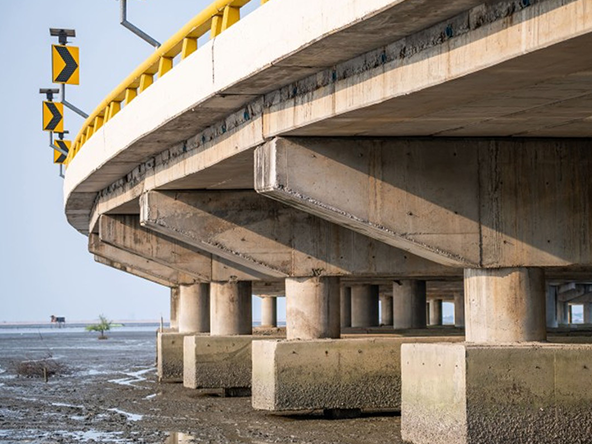

Pipelines Corrosion Prevention
Metallic pipelines, whether buried underground, submerged in the sea, or exposed to seawater, face a significant risk of corrosion and fouling. The corrosion of steel piping is a common and challenging issue, with internal and external corrosion accounting for a substantial percentage of pipeline incidents involving gas and liquid transport.
The type and rate of pipeline corrosion depend on various factors, including local soil resistivity, chemistry along the pipeline’s route, the composition of the transported substance, and operating pressure and temperature. Therefore, the most effective approach for controlling corrosion involves the combined use of organic coatings and cathodic protection systems.
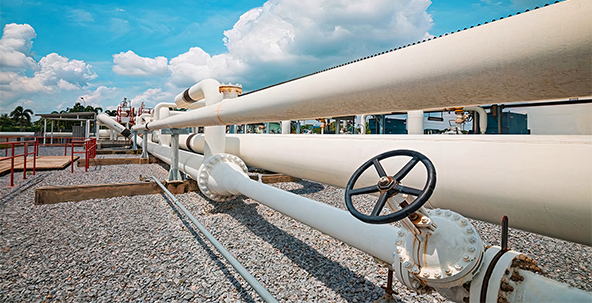
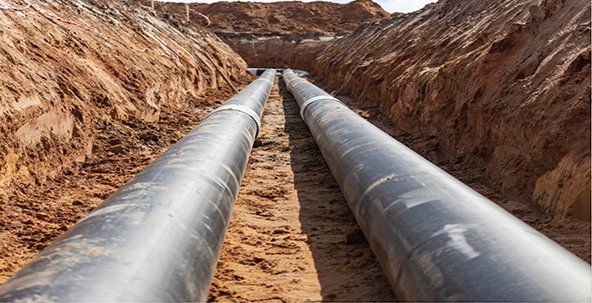
Underground Pipelines & Flowlines Cathodic Protection
Buried pipelines are protected from corrosion through two complementary methods:
This provides the primary layer of protection.
This method supplements the coating, providing additional corrosion prevention, particularly in areas where the coating may be compromised.
Cathodic protection works by applying a DC current from an external source, forcing the pipeline to become the cathode. When sufficient current is applied, corrosion is prevented across the pipeline. There are two main types of cathodic protection systems: sacrificial anode systems and impressed current systems (ICCP).
For buried pipelines, impressed current anode systems are most used, and they can be installed in three main configurations:
High-capacity anodes are installed vertically in a deep hole (150+ feet deep), allowing them to discharge protective current over a wide area.
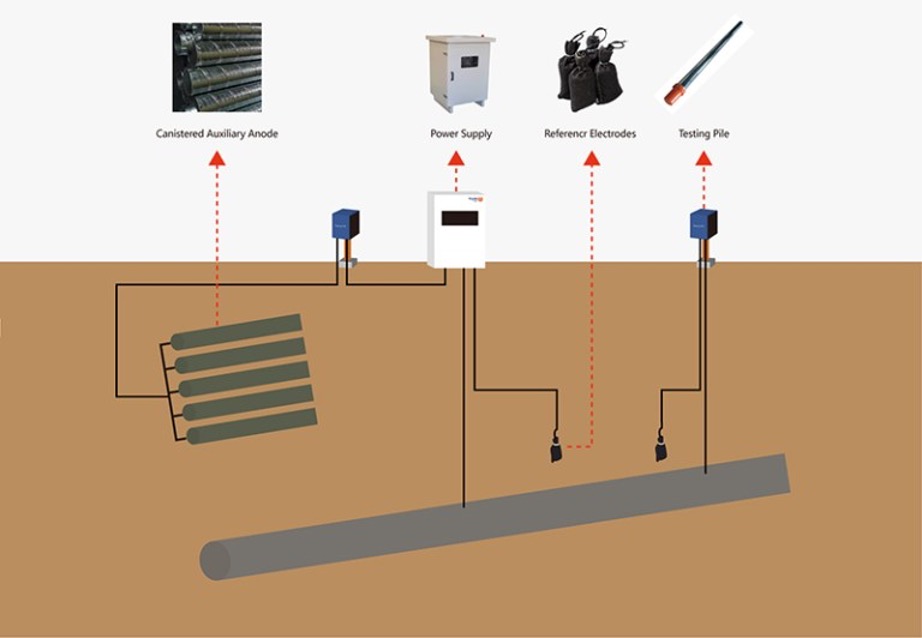
Smaller anodes are placed closer to the pipeline structure in a shallow ground bed, providing targeted protection to specific sections of the pipeline.
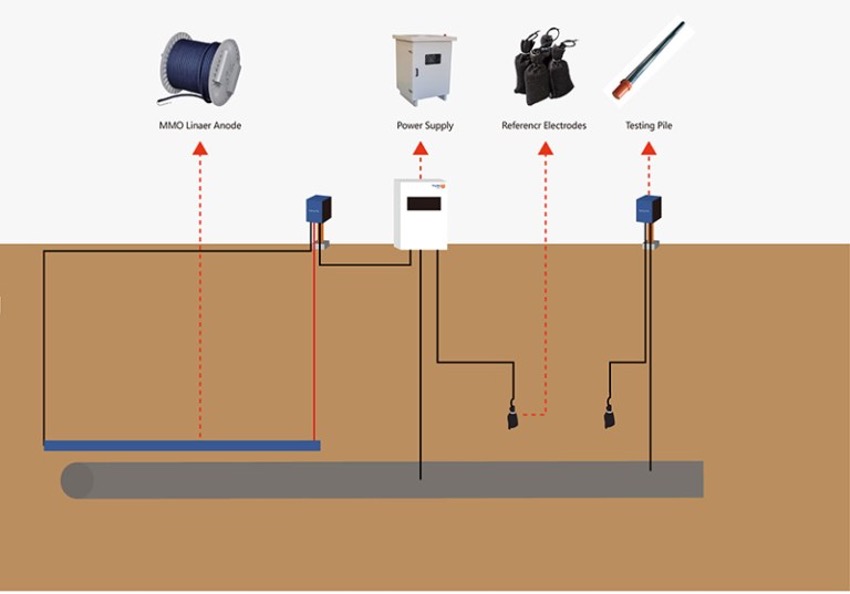
This system places a linear anode parallel and in close proximity to the pipeline, continuously discharging current along its length, ensuring consistent protection throughout the entire span of the pipeline.
By using these systems in conjunction with external coatings, pipelines can be effectively shielded from corrosion, ensuring safer and longer-lasting operations.
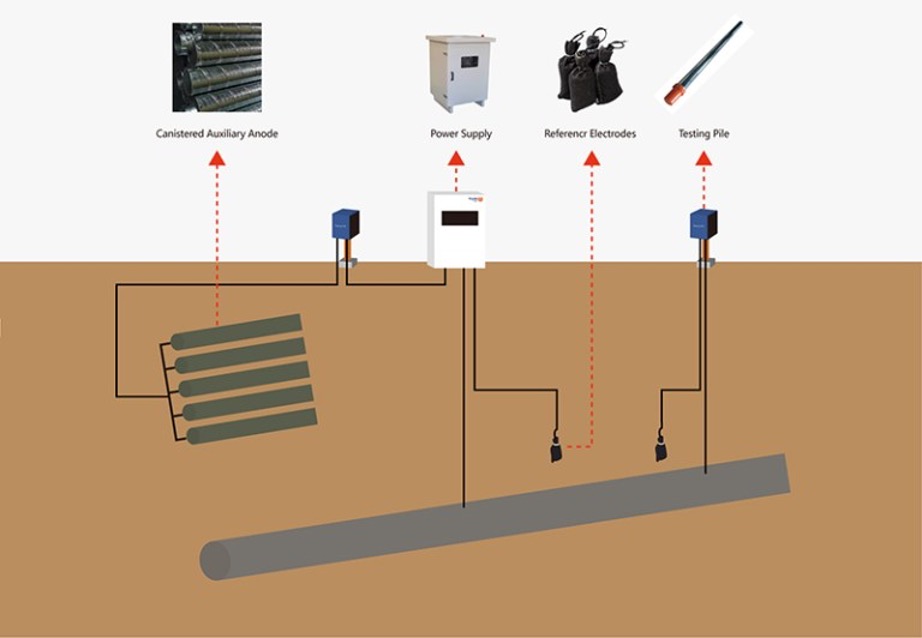
Storage Tanks Cathodic Protection System
Corrosion in storage tanks refers to the degradation of metal surfaces due to physicochemical or chemical reactions with environmental factors. External corrosion often occurs from exposure to atmospheric moisture and aggressive vapours, while internal corrosion is driven by the chemical composition of the stored substances. Corrosion can result in severe structural damage, leaks, and contamination of the tank’s contents. Therefore, implementing robust corrosion control measures is critical. ARCTURUS ENGINEERING SERVICES provides tailored cathodic protection systems for both new and existing storage tanks to mitigate these risks.
Cathodic Protection System for Internal Surface Water & Oil Tanks
Internal corrosion of metallic above-ground storage tanks containing conductive electrolytes is a major concern. This type of corrosion can be influenced by a variety of factors, including material types, electrolyte chemistry, temperature, the presence of coatings, and flow characteristics within the tank. Although coatings are an essential first line of defence, they are prone to deterioration and damage over time. Therefore, combining protective coatings with cathodic protection can significantly extend the life of a steel water storage tank’s submerged surfaces by up to 20 years.
Cathodic protection offers a critical layer of defence for tanks containing water or oil, ensuring that even when coatings are compromised, corrosion is mitigated by directing protective current to the tank’s internal surface. At ARCTURUS ENGINEERING SERVICES , we offer both SACP and ICCP types of CPS engineering designs which are customized to meet the specific need associate with client’s tanks condition. This approach can save tank operators from costly repairs and extend the operational life of the tanks.
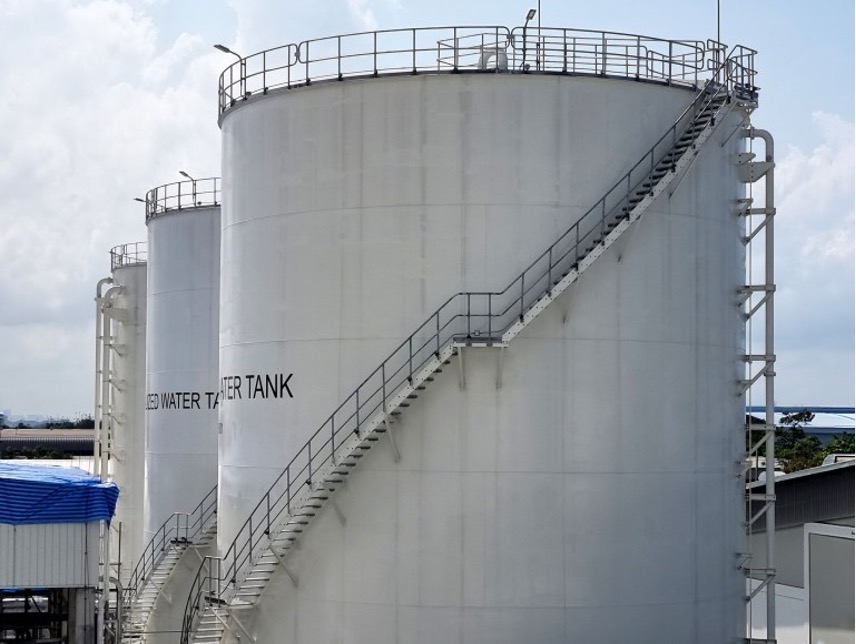
Aboveground Storage Tank Bottom Cathodic Protection
External corrosion of tank bottoms poses a significant challenge, especially for tanks in contact with soil or other corrosive environments. However, well-designed and properly installed cathodic protection systems can shield these tanks from extensive damage, ensuring long-term integrity.
Cathodic protection for tank bottoms typically comes in two forms:
Used in situations requiring less protection current.
For tanks requiring more uniform and substantial protective current, ICCP is the preferred choice.
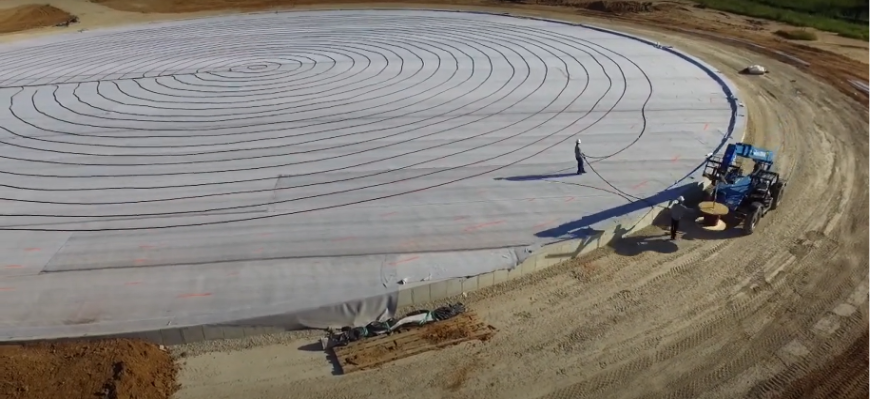
Most new tank construction projects utilize Mixed Metal Oxide (MMO) Impressed Current Anode Systems due to their long lifespan, cost-effectiveness, and design flexibility. MMO anodes are configured either as field-erected anode grids, an early and widely implemented system, or linear anodes arranged in concentric rings, which distribute protective current efficiently across the tank bottom.
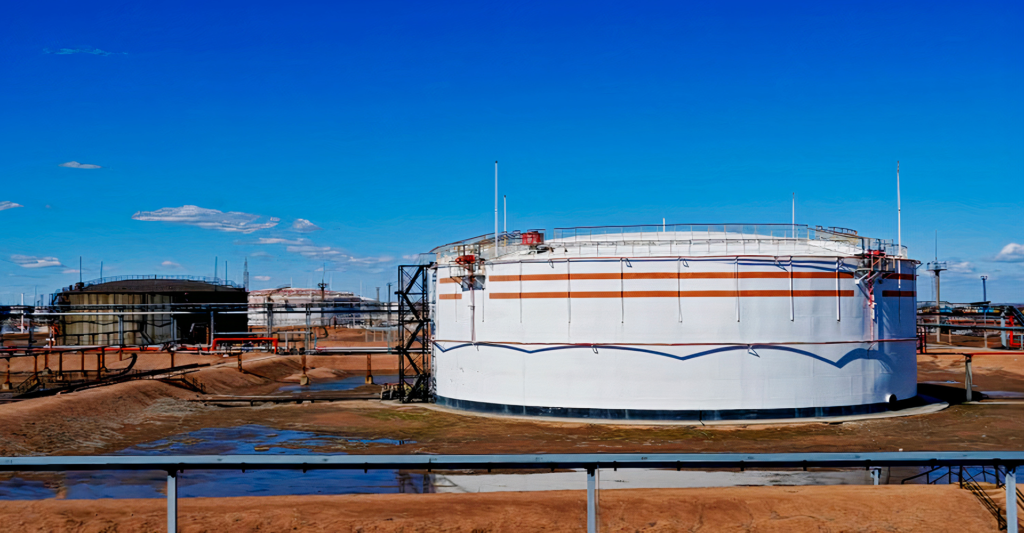
Underground Storage Tank and Vessels Cathodic Protection
Many owners opt for underground storage tanks due to their aesthetic benefits, cost savings, and enhanced safety. However, these tanks are still susceptible to corrosion from soil moisture and chemicals. The primary corrosion control methods for underground tanks include:
Providing an initial barrier against corrosion.
Serving as a supplementary measure to ensure corrosion prevention in case of coating defects.
Cathodic protection systems apply DC current to the tank, forcing it to act as a cathode and thereby preventing corrosion.
Sacrificial Anode Systems
are ideal for smaller structures like propane tanks, where the protective current requirement is minimal.
Impressed Current Systems (ICCP)
are more commonly used for larger underground tanks, delivering greater and more consistent protection.
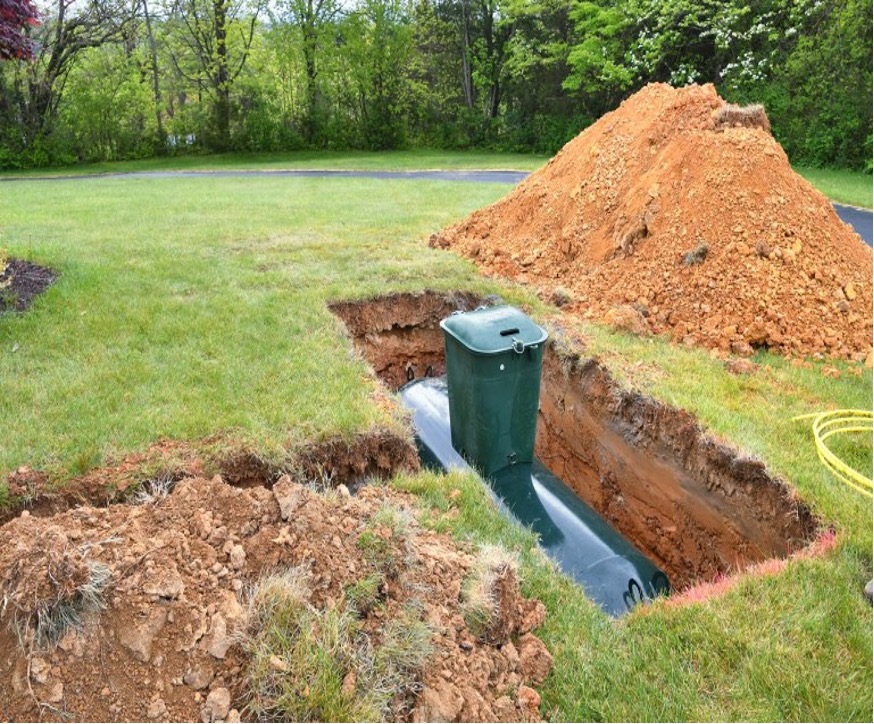

By implementing cathodic protection, the risks associated with environmental contamination from leaking underground tanks are minimized, while the lifespan of the tanks is significantly extended.